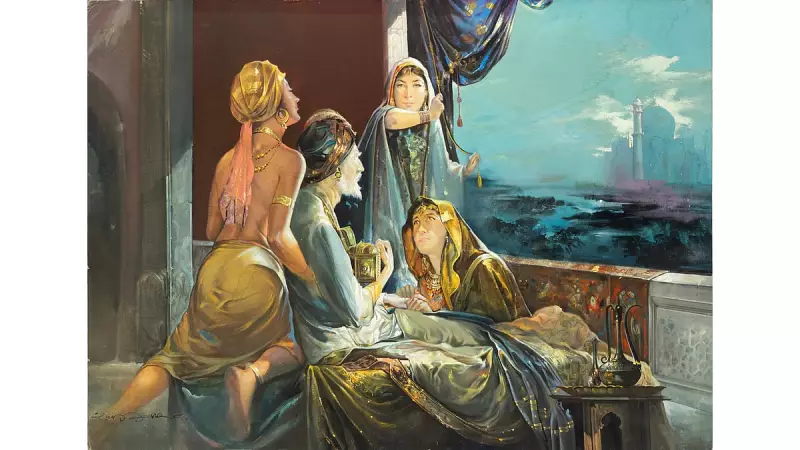
In the coastal town of Mahabalipuram, where the Bay of Bengal whispers ancient secrets to the shore, a remarkable cultural legacy continues to breathe life into cold, hard stone. For generations, master craftsmen have been transforming granite into divine expressions of India's spiritual consciousness, creating a living bridge between past and present.
The Hands That Shape Divinity
Walking through the narrow lanes of this historic town, the rhythmic tapping of chisels against stone creates a symphony that has echoed for centuries. These artisans, inheritors of skills passed down through family lineages, approach each block of stone with reverence and vision. "We don't just carve stone," explains one veteran craftsman, "we liberate the forms already waiting within."
This philosophical approach to craftsmanship reflects a deeper understanding of art as spiritual practice. The carvers see themselves as instruments through which divine forms emerge from raw material, continuing traditions that gave birth to the magnificent shore temple and the famous Arjuna's Penance relief.
Ancient Techniques Meet Modern Challenges
While the spiritual foundation remains unchanged, contemporary stone carvers navigate a complex landscape of economic pressures and changing market demands. The traditional guru-shishya parampara (master-disciple tradition) now coexists with formal training institutions, creating new pathways for skill transmission.
Modern artisans must balance several competing priorities:
- Preserving authentic techniques and stylistic integrity
- Adapting to contemporary aesthetic preferences
- Ensuring economic sustainability in a competitive market
- Training the next generation of craftspeople
More Than Mere Craftsmanship
The stone carvings of Mahabalipuram represent far more than technical excellence. Each sculpture embodies layers of cultural meaning, mythological narratives, and philosophical concepts that have shaped Indian civilization for millennia. From intricate depictions of gods and goddesses to symbolic representations of cosmic principles, these stones speak a visual language that transcends time.
Local workshops serve as living museums where visitors can witness the transformation from rough stone to refined artistry. The process reveals not just technical skill but a profound understanding of proportion, expression, and spiritual symbolism that defines classical Indian art.
A Legacy for Future Generations
As India marches confidently into the future, the preservation of such cultural treasures becomes increasingly vital. The stone carvers of Mahabalipuram represent a crucial link in maintaining cultural continuity, ensuring that ancient wisdom remains accessible in tangible form.
Government initiatives, cultural organizations, and growing appreciation from both domestic and international audiences are creating new opportunities for these artisans. However, the true safeguard of this heritage lies in the continued passion of the craftspeople themselves, who see their work not as a job but as a sacred calling.
The enduring legacy of Mahabalipuram's stone carvers serves as a powerful reminder that India's cultural soul continues to find expression through the skilled hands of its artisans, proving that some traditions are too precious to be lost to time.





